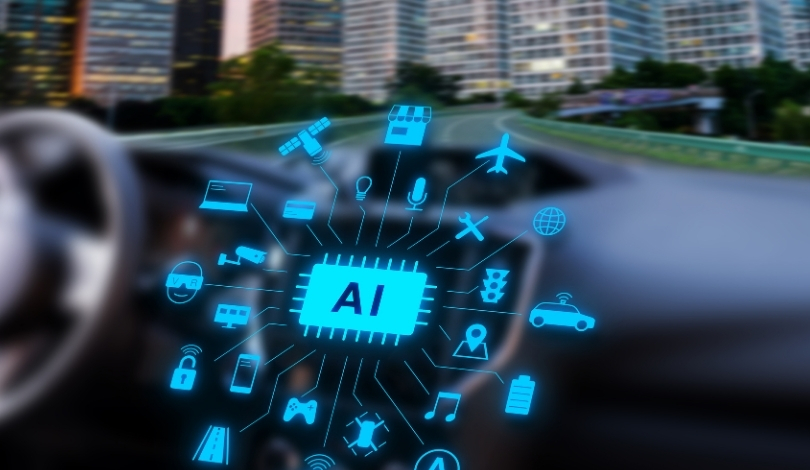Organizations operating in the IoT sector are reevaluating their use of artificial intelligence, with a significant trend toward processing data directly on devices, rather than relying solely on cloud services. This movement, encouraged by the emergence of low-power AI accelerators and tightening data privacy rules, aims to address rising operational costs and technical limitations associated with cloud-based inference. Companies are particularly interested in finding the best balance between speed, cost, and compliance. As device networks proliferate across industries such as manufacturing, utilities, and smart buildings, decision-makers are weighing the benefits and restrictions of on-device intelligence for their specific use cases. Expectations across the industry now reflect a desire for practical, not purely theoretical, advances in deploying AI at the edge.
Unlike earlier reporting, which often highlighted the potential of cloud-centric AI models to handle vast data streams from IoT sensors, more recent coverage points to real deployment challenges such as network costs, latency, and privacy requirements. Previous discussions generally centered on the promise of edge intelligence, while today’s accounts feature concrete examples of industrial and consumer applications utilizing on-device processing. Additionally, the development of specialized hardware, like MCU-based neural accelerators, has matured over the past few years, moving these approaches from pilot projects to mainstream adoption. This shift in narrative underscores the industry’s transition from research and development to real-world applications that stress efficiency and regulatory alignment.
Which IoT Applications Benefit the Most?
On-device AI demonstrates the most value in targeted functions where constrained, repetitive data processing is required. Typical uses include acoustic event detection—such as identifying abnormal sounds in machinery—sensor fusion for environmental monitoring, and basic vision tasks like gesture recognition. These applications benefit from bypassing the need to transfer large datasets to external servers, making local inference a practical choice for ultra-low-power devices.
Does Cloud-Based Inference Still Have a Role?
Organizations continue to utilize cloud inference when tasks demand high accuracy, continual retraining, or extensive model complexity. High-bandwidth data sources, such as high-definition video, often remain cloud-processed due to hardware limitations present on edge devices. Hybrid frameworks that merge on-device filtering with centralized analysis help maintain flexibility and scalability for varied workloads.
What Technical Barriers Remain?
Despite recent advances in hardware, engineers face a range of technical constraints when implementing on-device AI. Power consumption, limited memory, and the availability of neural processing extensions all influence feasibility. Additionally, tools supporting tinyML development remain fragmented, adding complexity for organizations seeking to update and secure these intelligent endpoints.
Security and updatability have become vital considerations, especially as regulations tighten. Device manufacturers are prioritizing secure boot processes, encrypted model storage, and firmware updates that adhere to evolving international standards. One industry executive commented,
“Equipping our sensors with on-device AI is not just about speed—it’s also a response to new privacy regulations and customer expectations.”
The implementation of new EU legislation, for example, places renewed focus on device lifecycle management and secure over-the-air updates.
Manufacturers assess on-device AI viability by examining data transmission costs, the urgency of mission-critical responses, device energy profiles, and compliance with data sovereignty laws. If most of these factors favor local processing, firms proceed with deployment. However, a senior solution architect highlighted,
“Selecting edge versus cloud inference is now part of our initial project assessment—whichever gives us operational efficiency and reliable outcomes guides our roadmap.”
The broader industry context reveals that as organizations scale up IoT deployments, the technical and commercial balance between cloud and device-based processing will remain dynamic. On-device AI delivers key advantages in certain scenarios—especially where data privacy, operational cost, and latency are top priorities—yet the cloud retains strengths for larger, more complex analytics. For product teams, the challenge lies in weighing memory, power, hardware, and regulation throughout the design stage. Prioritizing security from the start and balancing workloads intelligently will allow companies to deploy resilient, future-ready IoT solutions. Decision-makers should invest time in rigorously evaluating their model requirements, lifecycle expectations, and the available hardware ecosystem before developing new smart sensors or systems.








